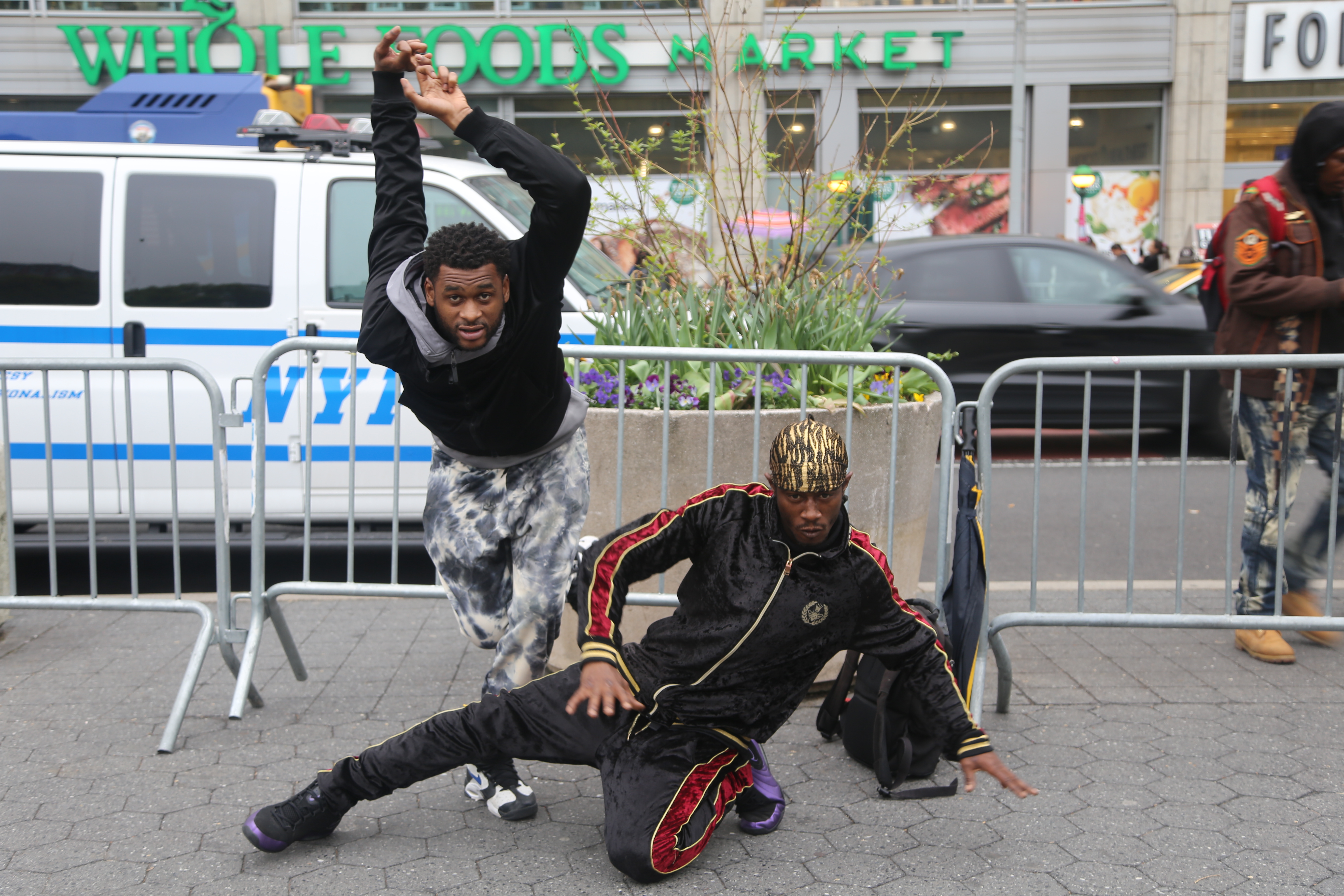Ragnhild Bruland grew up taking dance classes in Norway, but put dancing on hold to pursue an M.A. in psychology at the New School. During this time, she began volunteering at a juvenile detention center and thought the kids could benefit from a dance program.
“When I started working with the youth, especially within detention, I saw there was a lot of talent, but a dance and movement program was lacking there,” said Bruland. “I was wondering who could be the best role models and teachers for these kids, because I feel like I didn’t get that far with them.”
Bruland, a Ph.D. candidate in Cognitive Social and Developmental Psychology at NSSR, went to a movie premiere about flexing and realized it was a perfect fit for the kids in juvenile detention centers. Flexing is a street style also called “bone-breaking” that is known for its contortionist movements.
After the movie, Bruland met with the flex dancers and suggested collaborating on a juvenile detention center dance program.
“So that is how it started, so we started talking about it, and they liked it,” said Bruland. “They saw the potential of flex dance to reach these kids.”
She officially founded the Flex Program in 2014 and hired several local Flex artists to teach at detention centers. The program currently operates at Horizon Juvenile Center in the Bronx and Crossroads Juvenile Center in Brooklyn, with children ages 10 to 18. More than 70 percent of the Flex students are in for non-violent offenses.
Flex is hosting a two-day fundraiser beginning Sept. 27 to meet fundraising goals.
The first event, Flex Hype Intro, is free for all New School students and the general public upon registration. It will be in the Tishman Auditorium on Friday, Sept. 27 from 7 to 10 p.m. There will be highlights from Flex Borealis, the performance piece being presented the next day, a panel discussion with Flex pioneers, teaching artists and mentors, as well as a flex demonstration.
The following evening will be the main event: Flex Hyperborealis, a dance theater production held at BRIC in Brooklyn on Saturday from 7 to 10 p.m.
Bruland plans to use the extra funding to get a permanent space for Flex, create a scholarship program for the youth, and provide better contracts to the teachers.
The detention center programs are part of “FlexIN,” which is an on-site program for detention centers, foster care and other facilities in New York. The second format of the Flex program is called “FlexOUT,” which provides free workshops for high school students and kids at local community centers.
“The core of our mission is for the kids and for the artists, so it’s engaging and hiring teaching artists who do meaningful work and evolve their teaching and mentoring skills while at the same time giving back to the youth, inspiring them to do the same,” said Bruland.
She plans to boost Flex’s budget from $100,000 to $1 million this year, in part to provide better salaries to the artists so they can teach full-time.
“It’s a very ambitious goal but we’ve been working with consultants and also through the research and conversations with kids and what they need, we know that this is what is needed, we know what it costs, and this is what we have to do,” said Bruland.
“In the past, we’ve only been operating from these city contracts that are unpredictable and are somewhat scarce, and grants that you have to do a lot of work to report,” she said. “Now we are moving into this whole individual donor world, so we are tapping into this network that we have been building.”
Bruland encouraged the teachers she hired to enroll in a certificate program at the New School’s Institute for Transformative Mentoring (ITM).
Steve Harvey, or Stickz, is a Flex teacher who joined the certificate program at the Institute for Transformative Mentoring.
“The requirements for that program is really learning and understanding the basics of psychology and sociology within the communities and also within ourselves as people so we could break down and identify traumas which we experienced in life so we could help others heal from that,” said Stickz. “ITM, their slogan is ‘healed people, heal people,’ so that’s the requirement.”
Stickz and the other teaching artists visit the detention centers four times a week for two-hour sessions but work with boys and girls separately.
“I can say for the girls, the class is very active all the time because they always want something to do, they always want to create,” said Stickz. “With the boys, it’s hit and miss. Sometimes they’re in it, and sometimes when we show up they don’t want to do anything. We understand because of where they are and the cubicle that their minds are locked in.”
The teaching artists enjoy mixing dance with mentorship.
“It’s just a fun experience to not only entertain people with your body and expressions but also to allow people to find themselves in your story, or even just the gravitational pull that they come just to appreciate what you’re doing,” said teaching artist Dravon Washington, who goes by Konqueror. “I realize that other than performing, you can teach this and inspire others.”
Stickz hopes the program will continue to expand.
“I want our program to be able to travel to different countries and states, to present what we do and get funded by different organizations to have us there,” said Stickz. “Spread our group, our family, even bigger across the world. Get the message across that dance is in everything and it’s healing.”







